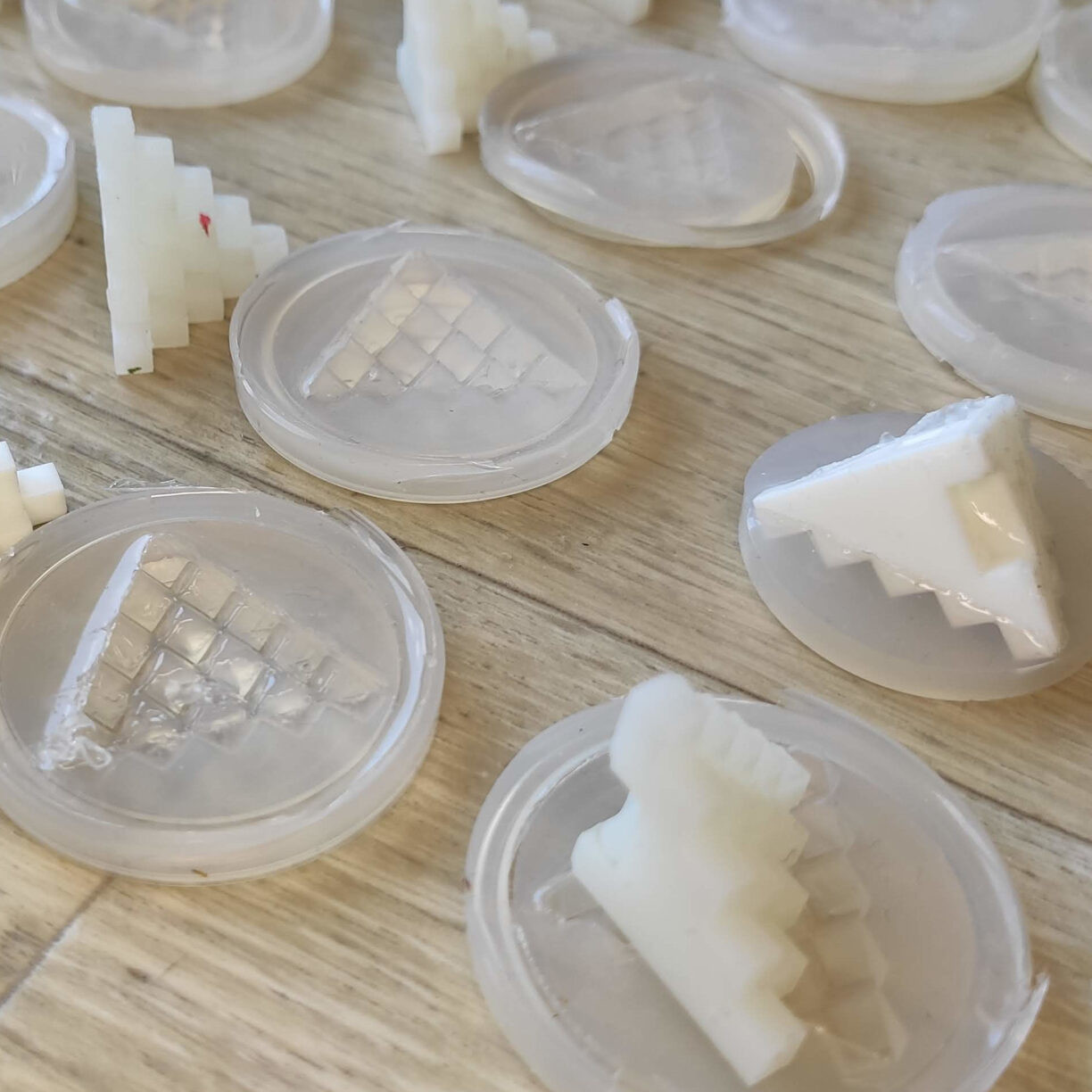Casting components in silicone is good, and 3D printing in resin is fantastic for generating clean styles, so it is organic for an enterprising hacker to want to set the two collectively: 3D print the mildew, pour in the silicone, obtain components! But silicone’s curing procedure can be inhibited by impurities. What is get rid of inhibition? It’s a gross mess as proven in the graphic higher than, that’s what it is. Regrettably, SLA-printed resin molds are infamous for triggering precisely that. What is a hacker to do?
For starters: there are tin-cure and platinum-treatment silicones, and for the most portion tin-heal silicone functions just high-quality in resin-printed molds. Platinum-remedy silicones have greater houses, but are significantly extra vulnerable to overcome inhibition. Most workarounds rely on including some form of barrier coating to molds, but [Jan Mrázek] has a low cost and scalable process of averting this situation that we have not observed in advance of.

[Jan] goes into a good deal of fantastic depth about this issue and his final results, but here’s the limited variation: just after meticulously cleansing the resin printed mold to make certain unquestionably no uncured resin is remaining on the floor, he submerges the print in h2o. The print (sitting down in the water bath) is exposed to exterior UV curing for 30 minutes, adopted by a 6 hour soak in the drinking water. Following this, the h2o is adjusted and the process repeated. That appears to be all that is desired to finish up with an SLA-printed resin mould that doesn’t inhibit silicone curing. It seems very simple, but finding there was something but.
That approach applies very best to thick-walled molds there is a second process for slender-walled molds with wonderful options. Why? Mainly because resin prints take in h2o to some degree. A thick-walled print won’t care a lot, but a skinny-walled a person just cannot sit in a drinking water tub for 12+ hours without having expanding and deforming at least a small. To deal with that, [Jan] seals smaller prints with a skinny layer of acrylic (PMMA) right after the first cleansing.
Coating a thing in a fantastic layer of acrylic is simpler than it may possibly audio. [Jan] merely dissolves a modest piece of obvious acrylic in a quantity of acetone. Acetone is a lousy solvent for acrylic, but it’s readily accessible and it does get the job done if supplied a several several hours. Once a approximately 1% option is manufactured, basically dip the cleaned and dried resin portion into the remedy, make it possible for it to dry wholly, then repeat. As a reward, molds treated with an acrylic dip do not have to have a release agent: silicone simply refuses to stick.
As common, [Jan] provides a lot of pictures and information of what did and didn’t perform as he zeroed in on a method. Nevertheless, he does acknowledge that there continue to remain variables he hasn’t been ready to identify or manage. His process is in general a wonderful good results, but about 5% of the time, curing will be inhibited for no obvious cause. So for now, he constantly tests a new mildew with a tiny total of silicone to check for heal inhibition before committing to just about anything cleaning cure-inhibited silicone is a true discomfort.
[Jan] does a good deal of casting of elements in silicone, so this challenge is some thing he’s surely invested in. We constantly adore to see the unconventional techniques and high-quality notice to detail [Jan] provides to all types of elements similar to SLA printing in resin, regardless of whether it is figuring out how to boost dimensional steadiness, or building and working with flexible build plates ahead of they had been interesting.


